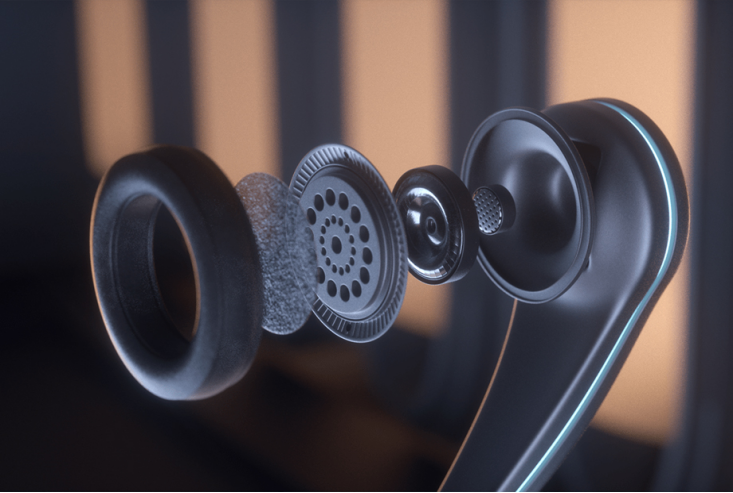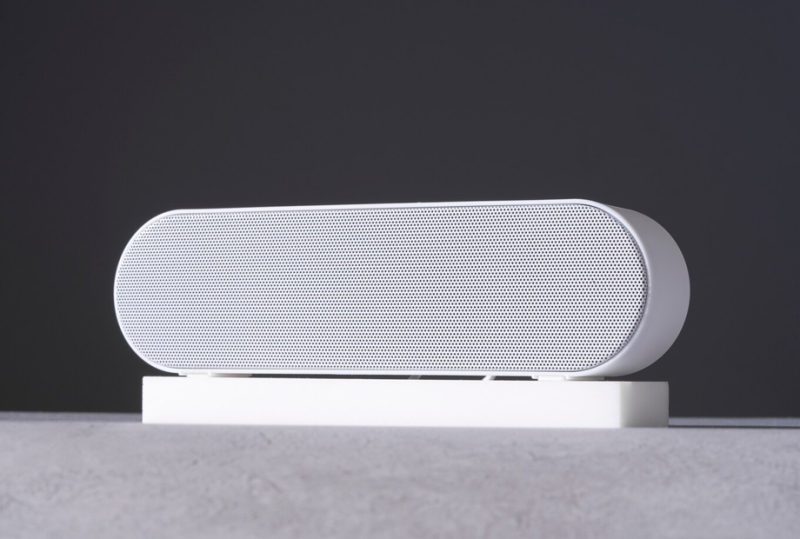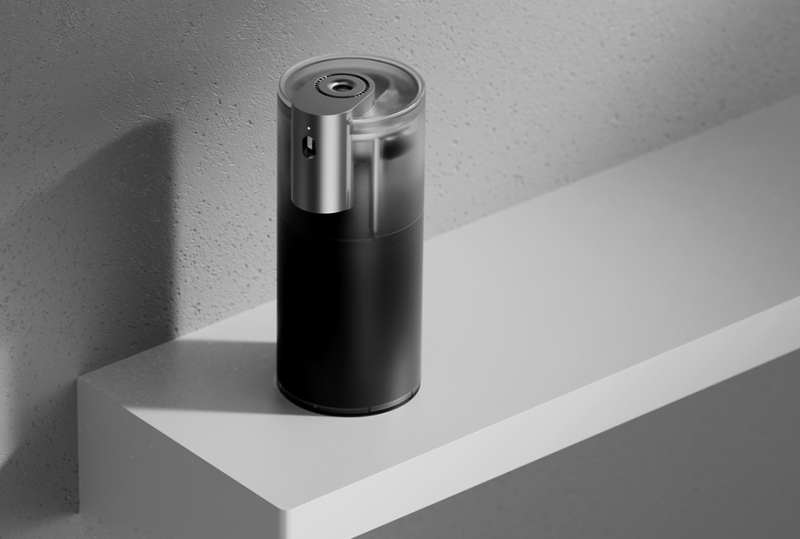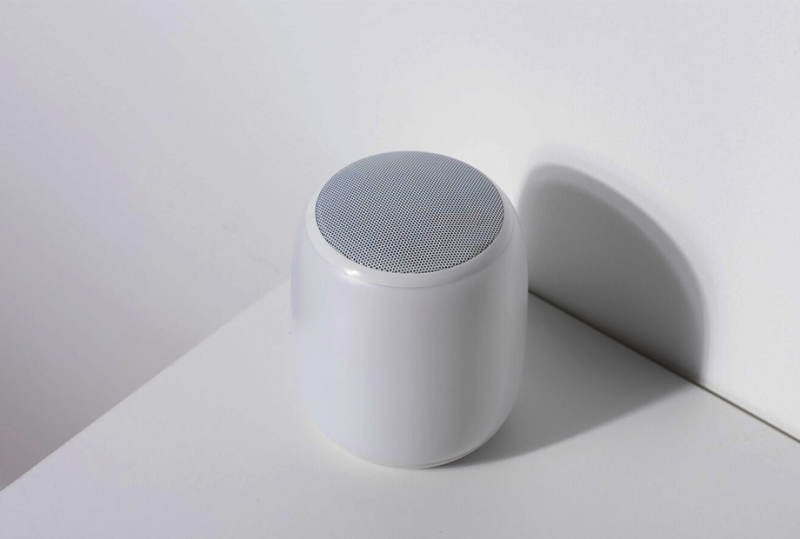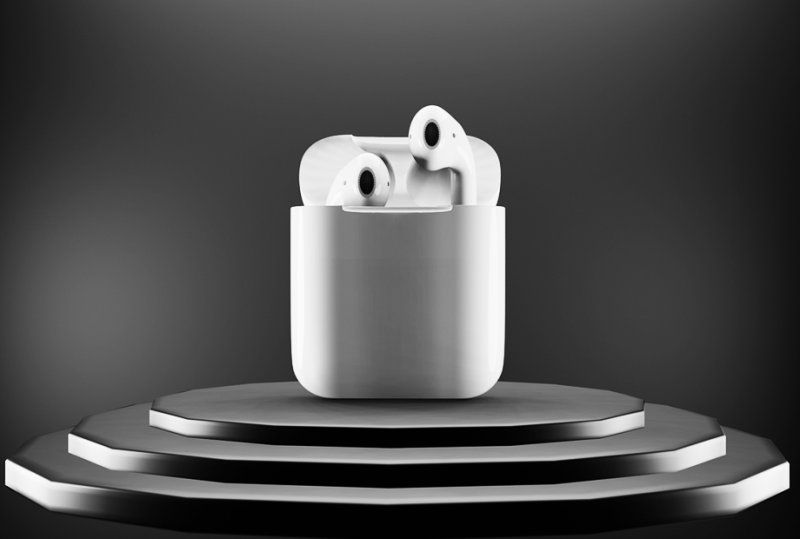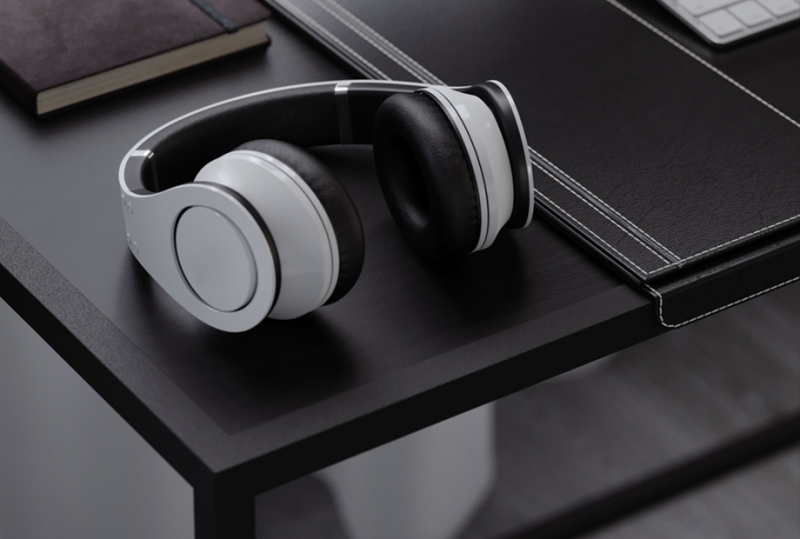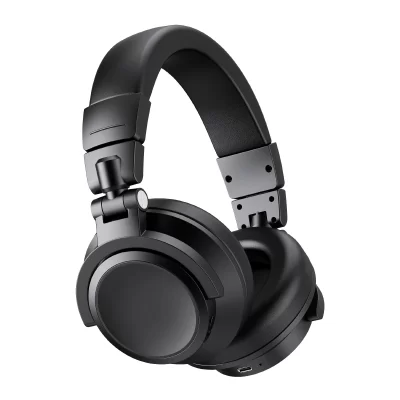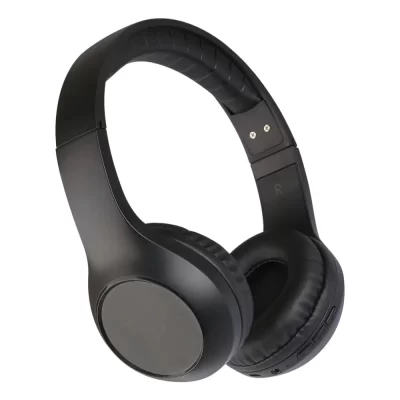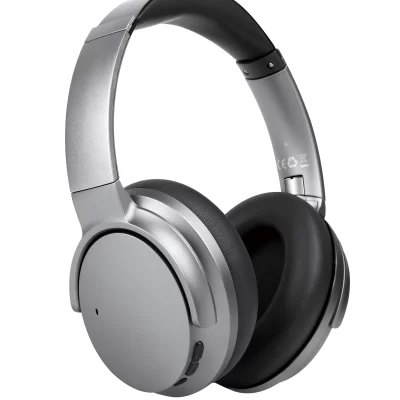Headphones have become an indispensable part of our daily lives. However, with so many brands and models available, choosing the right pair can be confusing. While many people make their choice based on design and sound quality, have you ever wondered what produces such powerful sound in your headphones? Do you know why the sound quality varies between different brands? The answer lies in the headphone drivers.
What is a Headphone Driver?
A headphone driver is a core component of headphones that converts electrical signals into sound. Simply put, drivers play a crucial role in generating the sound you hear from your headphones. The driver consists of three main parts: the voice coil, the magnet, and the diaphragm. These components work together to transform electrical signals into audible sound.
How Does a Headphone Driver Work?
The working principle of a headphone driver is not complicated. It consists of a voice coil, a magnet, and a diaphragm. The electrical signal passes through the voice coil, creating a magnetic field that interacts with the permanent magnet, causing the diaphragm to vibrate and produce sound. These drivers are usually disc-shaped, and their size and structure determine the sound output capability of the headphones.
Is Bigger Better?
It is commonly believed that sound quality is directly related to the size of the driver. Larger drivers generally mean larger diaphragms, which can produce cleaner bass. However, bigger does not always mean better sound quality. While larger drivers excel in bass performance, they may face challenges in producing high-frequency sounds. Therefore, the size of the driver is not the only factor that determines sound quality; design and manufacturing quality are also crucial.
Does the Number of Drivers Matter?
Some headphones are equipped with multiple drivers to cover a wider frequency range. A single driver typically produces sound between 20Hz and 20kHz, but multiple drivers can use crossovers to allocate different frequency ranges to different drivers, enhancing sound quality. However, having multiple drivers does not necessarily guarantee better sound quality than a single-driver headphone. The overall design and tuning play significant roles as well.
Types of Headphone Drivers
There are several types of headphone drivers, each with its unique advantages and suitable applications:
1. Dynamic Drivers
Dynamic drivers, also known as moving coil drivers, are the most common type. They are affordable and deliver excellent sound quality, especially for bass-heavy music. Dynamic drivers use electromagnetic principles, with the voice coil vibrating within a magnetic field to produce sound. They are energy-efficient and provide good overall sound quality, making them a popular choice for many headphones.
2. Planar Magnetic Drivers
Planar magnetic drivers are found in high-end on-ear, in-ear, and open-back headphones. Like dynamic drivers, they use a magnetic field but directly drive a diaphragm to produce sound. This design requires more power and results in heavier headphones, but the sound quality, especially in the mid and high frequencies, is exceptional.
3. Balanced Armature Drivers
Balanced armature drivers are compact and primarily used in in-ear monitors. Their small size allows manufacturers to use multiple drivers in each earbud. They offer excellent noise isolation and detailed sound but may lack the bass response found in dynamic drivers. However, they excel in providing high-resolution audio for critical listening.
4. Electrostatic Drivers
Electrostatic drivers utilize static electricity to produce sound and are typically found in high-end open-back headphones. They deliver unparalleled clarity and detail but are expensive and less common due to their complex design and high cost.
5. Bone Conduction Drivers
Bone conduction drivers are a newer technology that works differently from other headphone drivers. They transmit sound through the bones in your face, offering a unique listening experience. This technology is beneficial for users who need to stay aware of their surroundings while listening to audio.
Conclusion
Understanding headphone drivers is essential for choosing the right pair of headphones. Different types of drivers have their advantages and are suited for various applications. We hope this guide has provided you with valuable insights into headphone drivers. The next time you decide to purchase headphones, consider checking the type of driver used. Additionally, impress others with your knowledge of headphone drivers and help them make informed choices!

